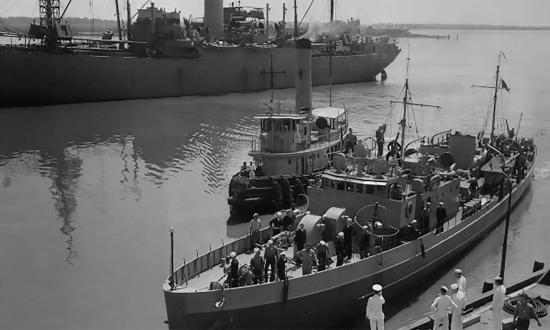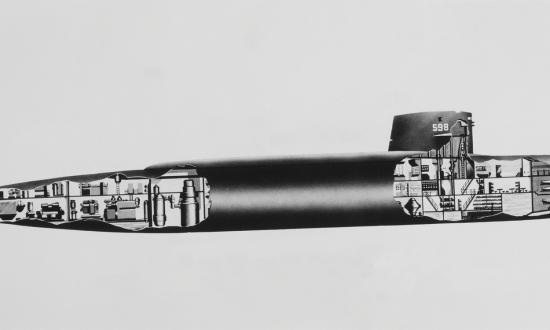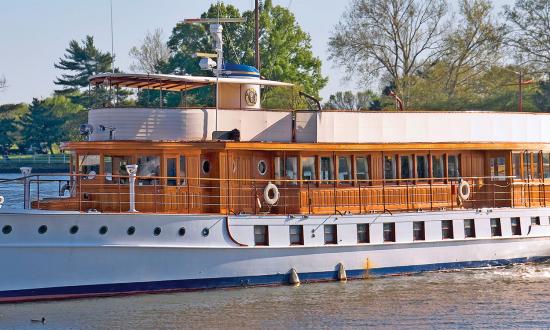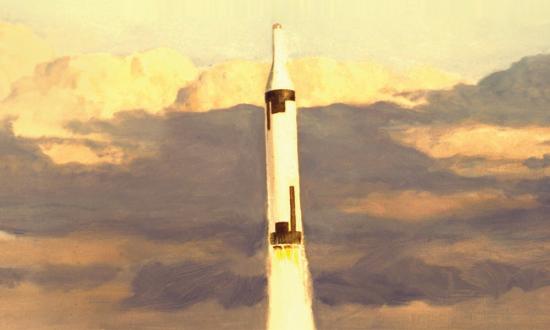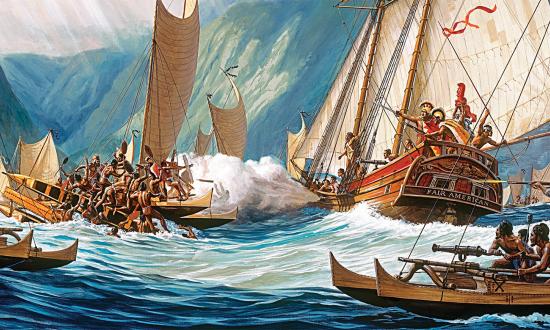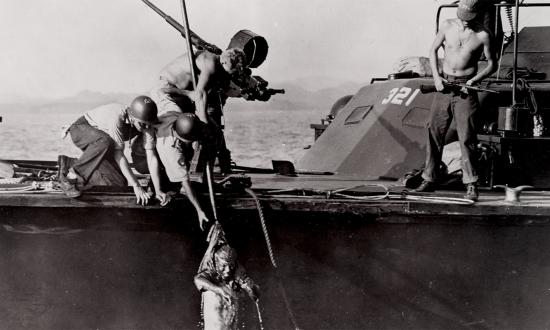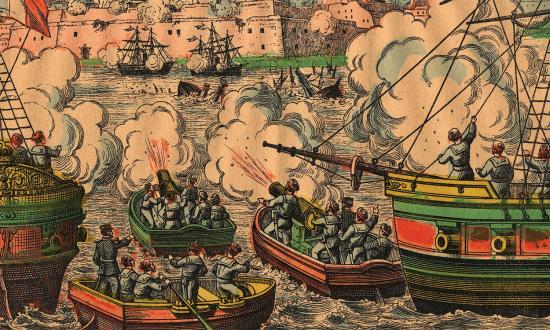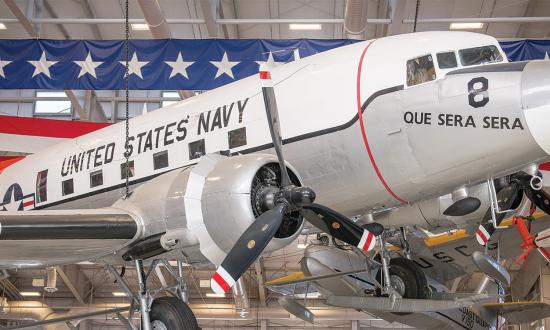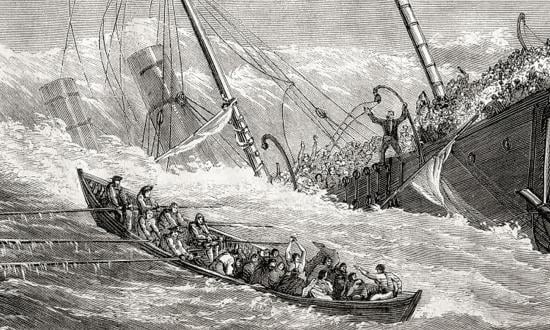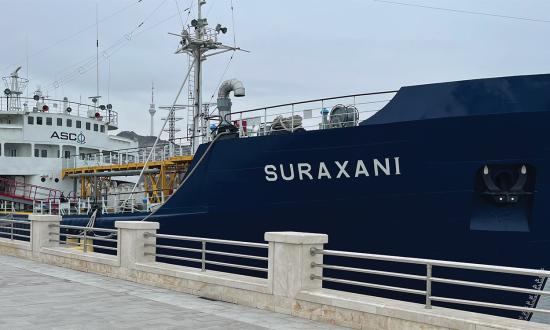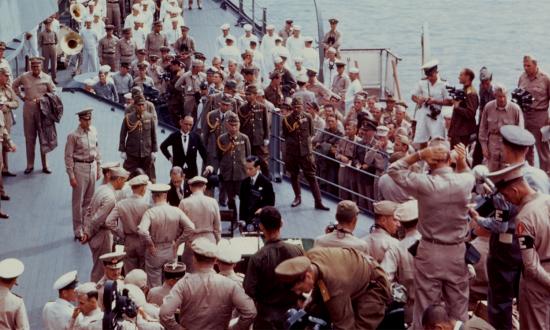Naval History (original) (raw)
Main navigation (Sticky)
Sub Menu
- Essay Contests
- Current Issue
- Subscribe to Naval History
- Submisison Guidelines
- Contact Naval History
- All Issues

Exploring the Wreck of the Yorktown
For the first time since the loss of the USS Yorktown at the Battle of Midway in June 1942, a ...
By James P. Delgado, Phil Hartmeyer, Russell E. Matthews, and Michael L. Brennan
August 2025
From Midway to Watchtower
In the summer of ’42, Chief of Naval Operations Ernest King seized the initiative and kicked off the most critical campaign of the Pacific war.
By Jonathan Parshall
August 2025
Halsey’s Folly
Admiral William F. “Bull” Halsey Jr.’s insistence on attacking Kure Harbor, Japan, in July 1945 was one of questionable wisdom.
By Barrett Tillman
August 2025
Sub Menu
- Essay Contests
- Current Issue
- Subscribe to Naval History
- Submisison Guidelines
- Contact Naval History
- All Issues
Highlights from Naval History
On Our Scope
By Eric Mills
August 2025
It was the summer of 1985, and the Cold War was at its apex. But a change was in the air.
Marolda Named Naval History Author of the Year
August 2025
Edward J. Marolda—the author/editor of numerous books and a historian with the U.S. Naval Institute Oral History Program—was recognized as the 2024 Naval History Author of the Year.
Strategic Submarines and the Cold War End Game
By Norman Friedman
August 2025
A renowned authority offers an insightful look at the dueling strategies for deploying ballistic-missile submarines during the decades-long U.S.-Soviet naval standoff.
The Guns of King Kamehameha
By Brigadier General Raymond E. Bell Jr., U.S. Army (Retired)
August 2025
Kamehameha I used British-manned ships’ guns to consolidate his power over the Hawaiian Islands in the 1790s.
A Coward at the Battle of Leyte Gulf
By Lieutenant Thomas J. Cutler, U.S. Navy (Retired)
August 2025
Jesse Coward graduated from the U.S. Naval Academy in the class of 1922 and retired as a rear admiral in 1947. In between, he fought the Japanese in some of...
The Fleet That Died at Foochow
By Eric Mills
August 2025
China’s humiliating defeat by the British in the Opium War of 1839 to 1842 had laid bare the fact that the Qing Dynasty needed to modernize its military.
Gooney Bird South
By J. M. Caiella
August 2025
At times, the least likely of aircraft—especially one that is well past its prime—will be thrust into the spotlight and create its own bit of history.
Plimsoll Lines: The Measure of a Ship
August 2025
Named for Samuel Plimsoll, a tireless 19th-century campaigner for sailors’ welfare, the lines are there to prevent the ship from being overloaded with cargo.
A Caspian Gem: The Surakhani Ship Museum
By Lieutenant Colonel Timothy Heck, U.S. Marine Corps Reserve
August 2025
Nestled along the Baku waterfront is the Surakhani Ship Museum, a small treasure of a modern maritime museum.
The Missouri Surrender Ceremony
By Admiral Stuart S. Murray, U.S. Navy (Retired)
August 2025
As a captain, Murray commanded the U.S. Navy’s newest battleship, the USS Missouri (BB-63), when Japanese representatives signed the Instrument of Surrender on 2 September 1945.
Sponsored Content
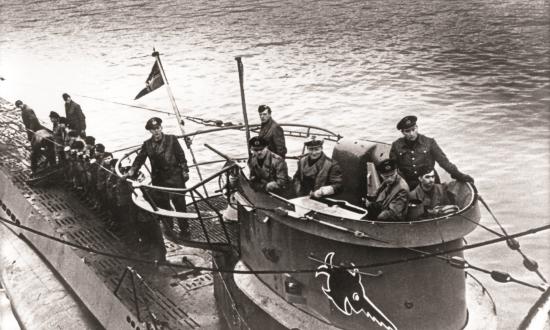
SPONSORED CONTENT
Naval History Magazine
The most fascinating journal of its kind seeking to educate, preserve, and share naval history.



